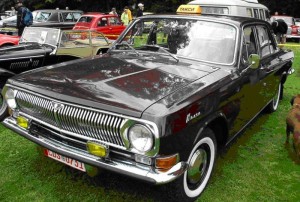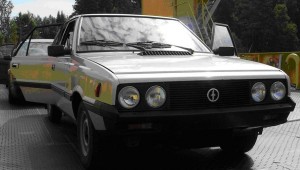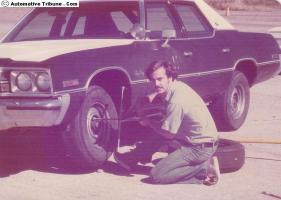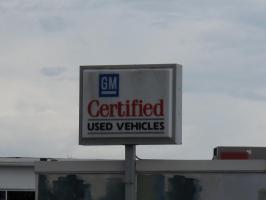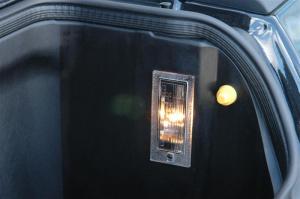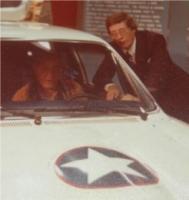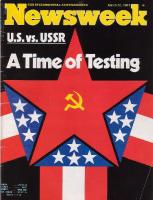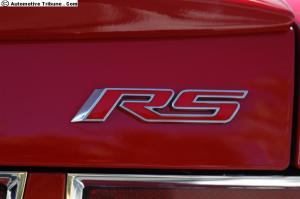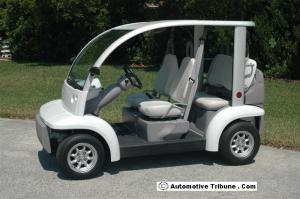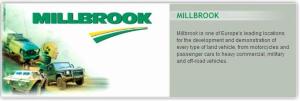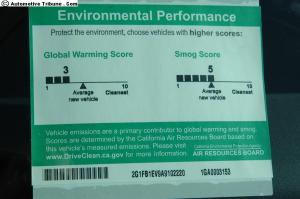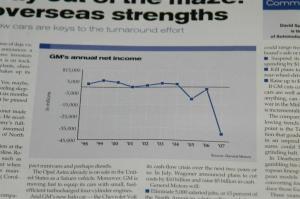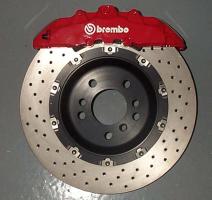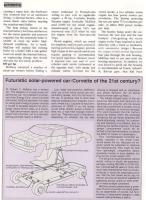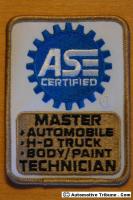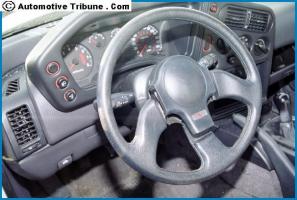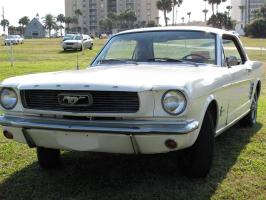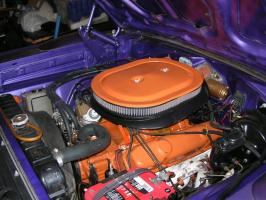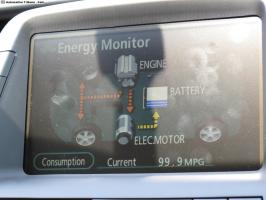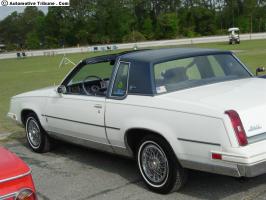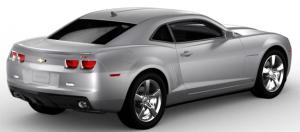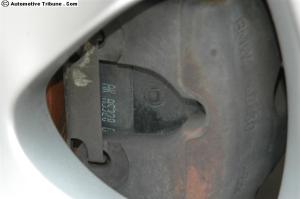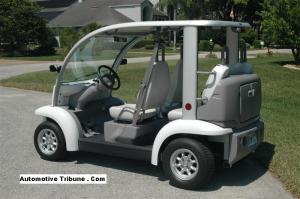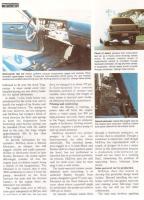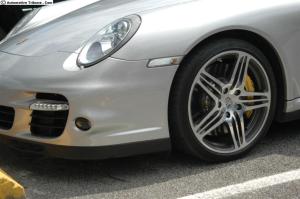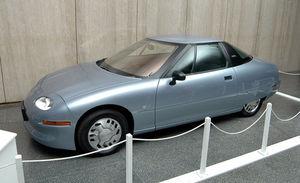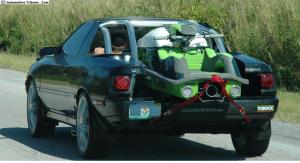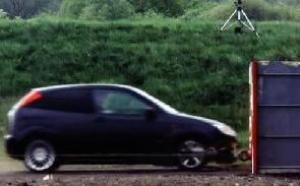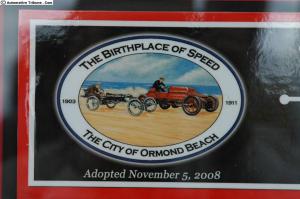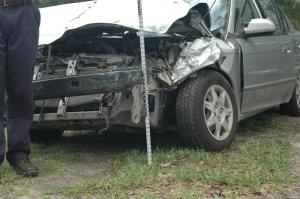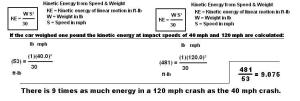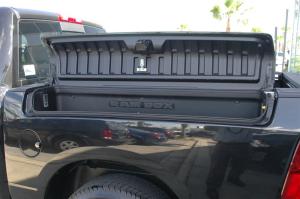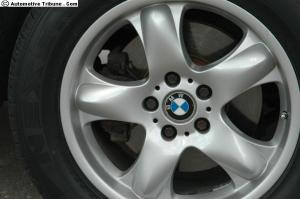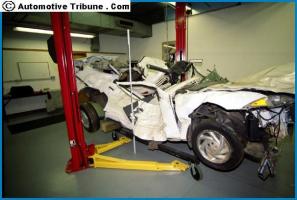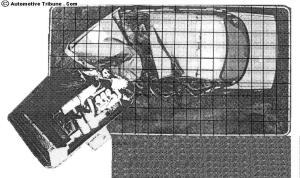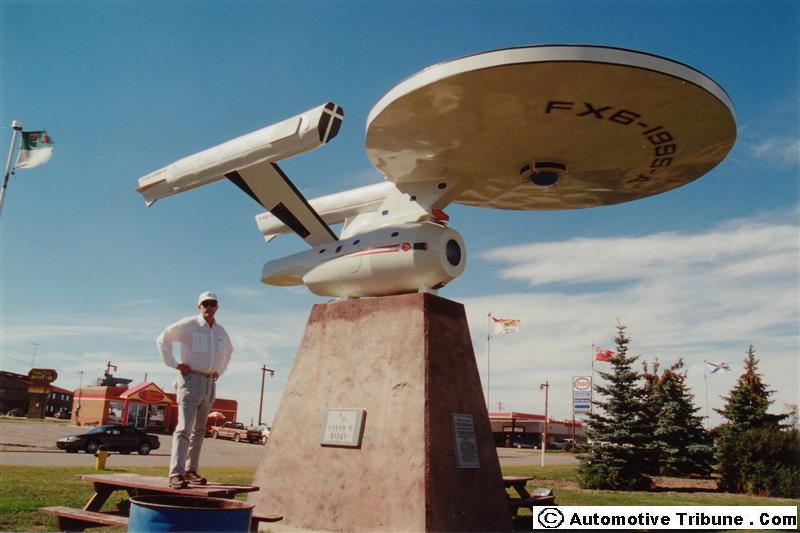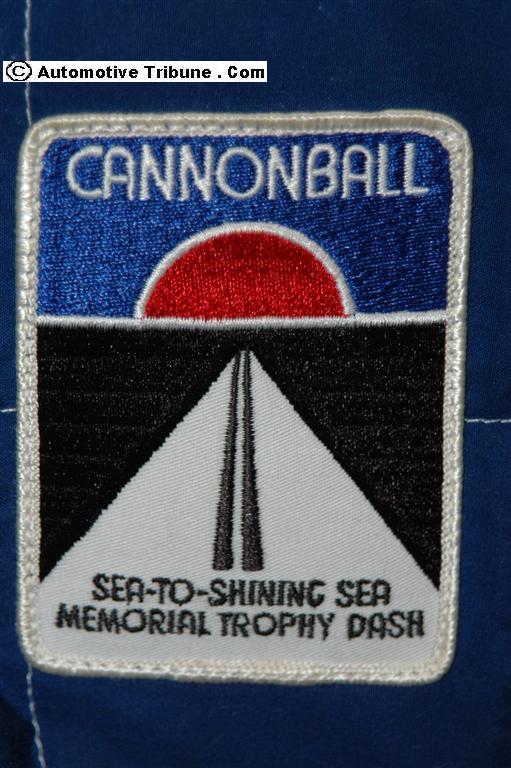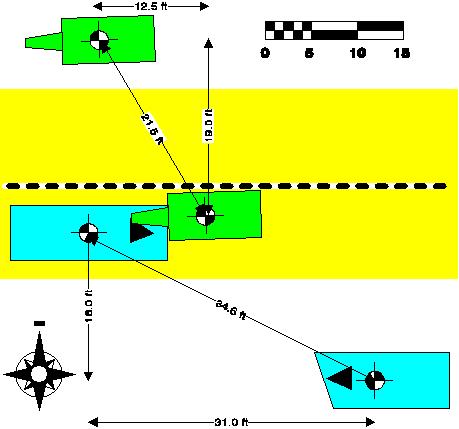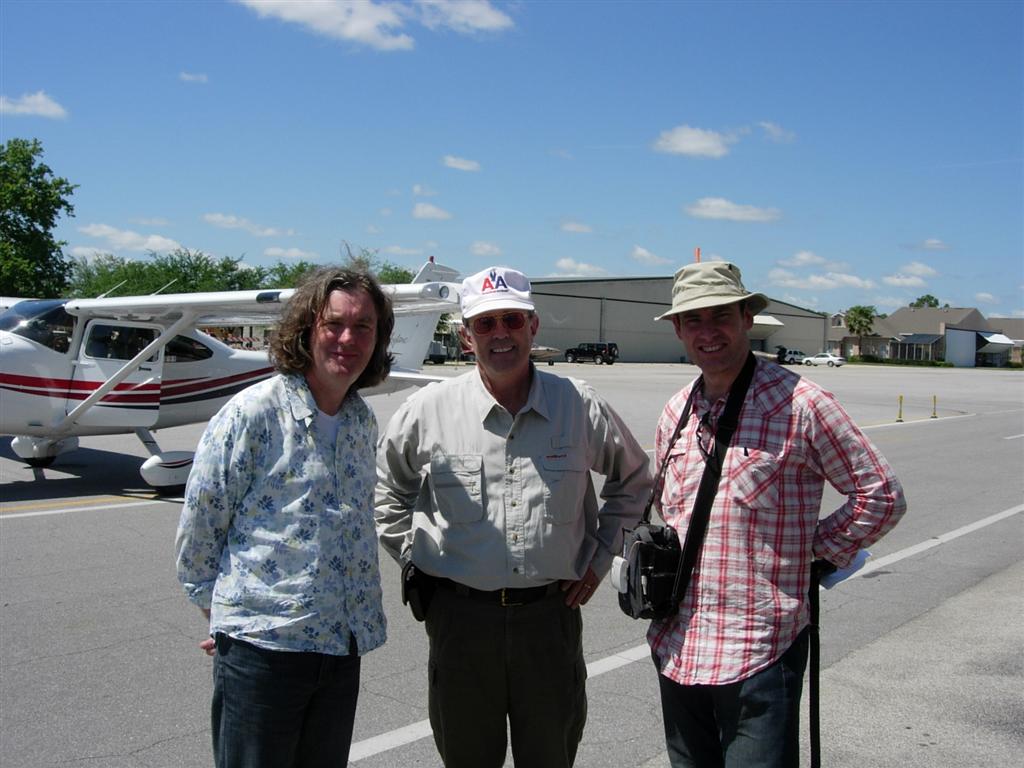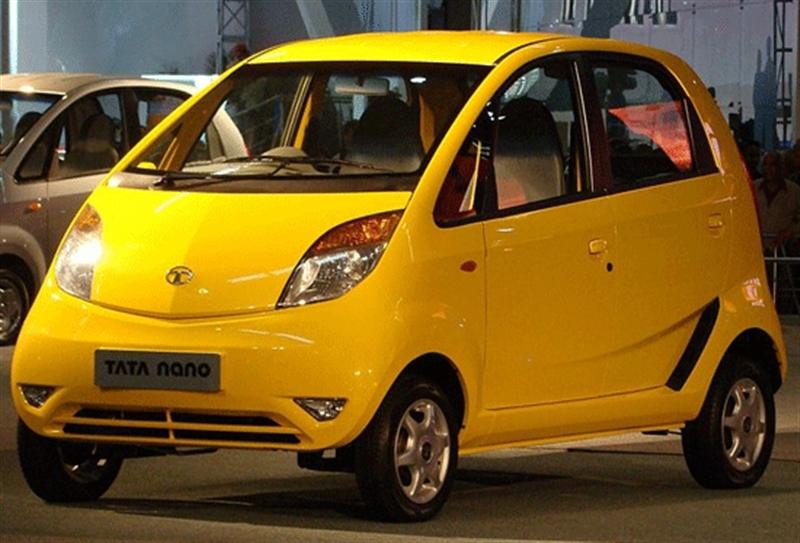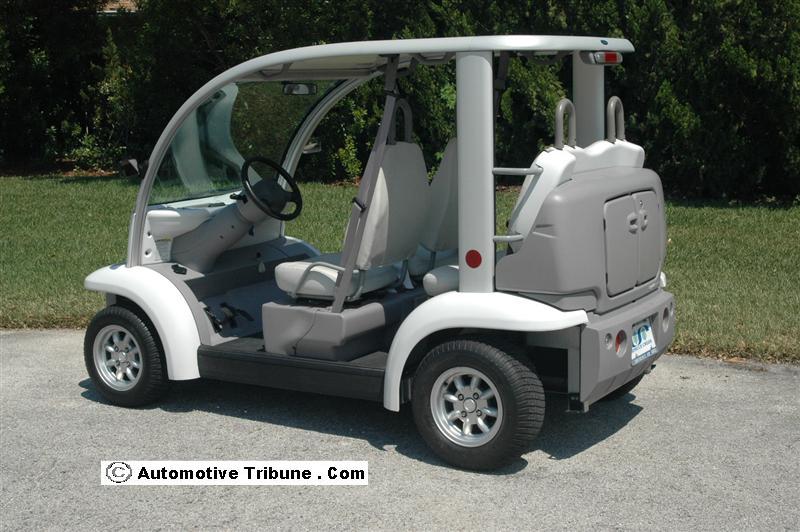Eastern European Classics
The Eastern Europe Classics
By Dejan Dramicanin
This article gives comprehensive overview of Eastern Europe car classics. The cars from the list are sorted randomly.
Volga
GAZ-24 Volga
Author’s comment:
Volga was Russian for higher status. Produced from 1956 to these days, most popular revision is GAZ-24 (1970 – 1985). In version with 5.5L V8, 3-speed automatic gearbox, and black paint, it was KBG agent car of choice. Standard setup 2.5L I4 was known for brutal fuel consumption.
Lada NIVA
Author’s comment:
Lada NIVA is the best mini SUV in the world. It is produced since 1977 without any changes because it is simply perfect. This is excellent car if you need robust, real off-road vehicle. Older NIVAs have 1.6L petrol with carburetor and newer have 1.7L Opel engine with fuel injection, and there is variant with 1.9L diesel from Peugeot, all with full-time 4WD. I have never heard that someone complaint about this car, and because of exceptional center of mass it is simply unbelievable where this car can climb! With 1.7L engine and factory installed natural gas, NIVA costs less than $10k.
FSO Polonez
Author’s comment:
I put this car on the list because it is always considered as ugly and poor performing – the karma unjustly generalized for eastern Europe cars. Name Polonez given after swift Polish dance polonaise, rounds up the nonsense of its existence. Production started in 1978, and finally ceased in 2002 because FSO was not able to withstand competition of Western cars in the same price range (for example: used, 15 years old VW Golf mark 2).
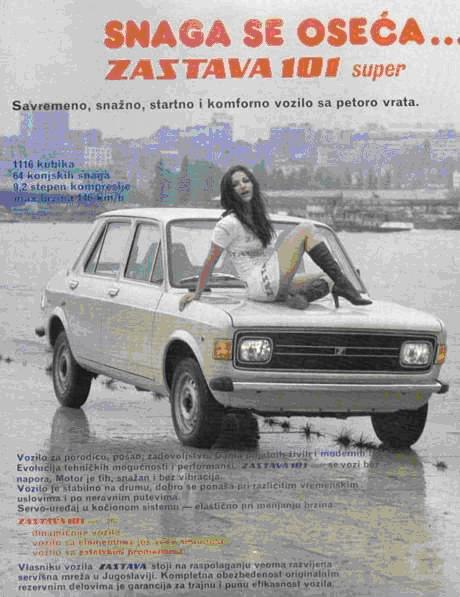 Zastava 101
Zastava 101
Author’s comment:
The Zastava 101 is car built by Serbian car manufacturer Zastava, based on Fiat 128 sedan platform. The car was in production from 1971 to 20 November, 2008, with 1.3 million units sold. In 2007, it estimated that Zastava 101 was the world’s second most affordable car. This is car of my childhood, since my family had one in period from 1976 to 1984. The 101 can be seen in all generations across Eastern Europe, it is solid and inexpensive. I had chance to try many of them, and in compare with today’s car with “synthetic” driving feeling, I find driving 101 interesting since reactions of the car are with a lot of feedback. Zastava 101 remains legend in Serbia. The most usual engine is 1116 cc 55 HP.
 Skoda 110R
Skoda 110R
Author’s comment:
Skoda 110R was very cool car of seventies, produced by Czech manufacturer Skoda from 1970 to 1980. It had 62HP, 1.1L four. It was popular rally car.
Moskvitch 408
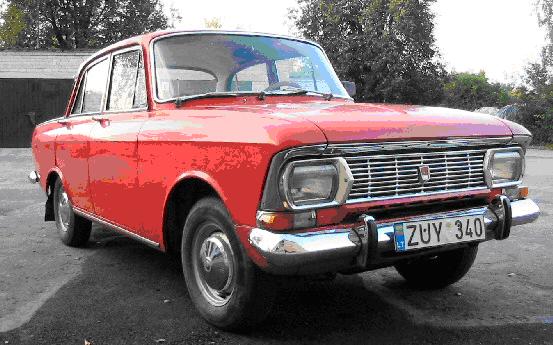 Author’s comment:
Author’s comment:
Moskvitch 408 was produced from 1964 to 1976, as a materialization of Russian vision of family car. It is the most prominent representative of “Square body Moskvitches era” (1962 – 1988). They were very popular across Eastern Europe among admirers of Russian communist lifestyle, strictly following the concept that even smallest luxury is not allowed. The car was known for poor fuel economy, and it was very hard to drive because it was very heavy on steering wheel. But, it was able to start flawlessly on strongest winter morning you can imagine. It was not beautiful as Prince Valiant, but for sure not as ugly as Chevy HHR. Eventually, Moskvitch manufacturer went bankruptcy in 2002.
Moskvitch 2141 Aleko
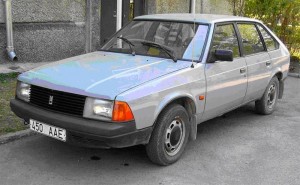 Author’s comment:
Author’s comment:
“Wind of changes” has hit Soviet Union, which caused departure from well established aesthetical concepts in car design. Aleko was an innovative, front wheel drive car, with bodywork inspired by Simca 1307, and many mechanical concepts inspired by Audi. Despite “second-hand” styling and design, the Aleko turned out to be quite a breakthrough for the Russian automotive industry. Unfortunately for the legend, it appeared that Aleko does not carry age very well, and pieces that can be seen on the streets today are complete ruins.
Zastava 750
Author’s comment:
The Zastava 750 is a version of Italian city car Fiat 600 Seicento (1955-1969). It was built under license by Serbian car manufacturer Zastava until 1982. It was very popular car because of very cheap price and low fuel consumption. It was Yugoslav national class car prior to introduction of Yugo.
 Lada 2107 RIVA
Lada 2107 RIVA
Author’s comment:
Lada RIVA is one of the most beautiful Russian cars, and its timelessness is proved by the fact that it is still in production. Although introduced in 1982, its origins are older, since it shares chassis with Ladas from 70-ties. This is one of the cars my family had, and for some reason my father selected weaker of two engines (1200cc instead of 1300cc) – definitely it cannot be said that car was “hanging” on your foot ready to jump when throttle is pressed. Interior was characterized with Russian mid-class luxury approach, and engine was lazy, but economical because of electronically controlled ignition.
Wartburg 353
 Author’s comment:
Author’s comment:
Wartburg 353 is Eastern Germany car, produced from 1965 to 1988. This car was not bad at all. It had 3-cylinder 1L engine with 55HP, with very agile acceleration because of two stroke cycle. It was exceptionally reliable, very cheap to buy and maintain, with decent interior equipment. Interesting is that transmission was equipped with freewheel so you don’t need to clutch between gears (except the first one) and the car was coasting whenever throttle was released. It is succeeded by 1.3 model with engine of VW Golf Mark II. Million of 353’s were produced overall.
Trabant 601
Author’s comment:
The last (and the least) is Trabant 601, produced in East Germany from 1963 to 1991 without any changes. It had small two stroke 600cc 2-cylinder engine with 26HP. There are two main characteristics of this car: smoke it produced and body made of recycled plastic. It was originally planned as three wheel car. It could take 10 years to be delivered from the time it was ordered.
The Trabi (nick name for Trabant) has significant place in pop culture. Recently I was in Berlin and people there admire Trabi and consider it as a cool car. Lifespan of average Trabant is 28 years, with three million units sold.

